Nostalgia on Tuesday: A name in lights
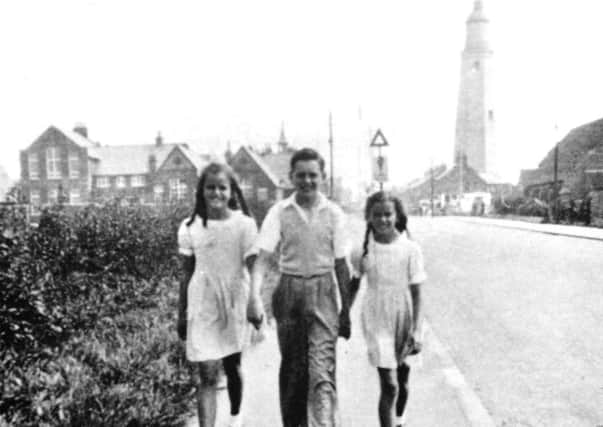

The museum also houses objects relating to both the lighthouse’s history and Withernsea itself.
Over the centuries, thousands of ships were wrecked along the treacherous 57-mile stretch of the coastline between Flamborough and Spurn Point. Coastal shipping was forced to hug the Withernsea coastline to have any idea of their position in bad weather.
Advertisement
Hide AdAdvertisement
Hide AdIn the 1880s a number of vessels crashed in storms into the pier newly built to cater for Withernsea’s growing popularity as a seaside resort following the building of a railway link to the town from Hull in the mid 19th century.
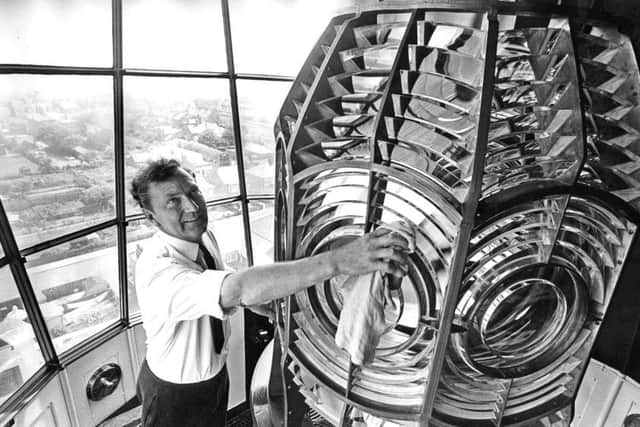

In 1890 the captain of the Grimsby fishing smack Genesta was killed. At the inquest into his death, the coroner said the tragedy might not have occurred if there had been a lighthouse at Withernsea. In 1892, Trinity House, responsible for navigational aids, bought half an acre of land in Withernsea for a lighthouse. It came into operation on February 1, 1894.
It is octagonal, with 5ft 6in walls of brick and concrete, 127ft in height and with 15ft foundations. There were just two small rooms at the top of the building, one perched below the lamp, so lighthouse keepers lived in two adjacent properties connected via a corridor to the lighthouse.
One of the first Withernsea lighthouse keepers was a Mr W.J. Rees, who had experience in Dungeness; in the Longships, off Cornwall; at Bideford; Lundy Island; the old Eddystone; the Lizard; the Skerries, off North Wales; and the South Stack, by Holyhead.
Advertisement
Hide AdAdvertisement
Hide AdThe light was visible in clear weather at a distance of 17 miles and at other times perhaps five or six.
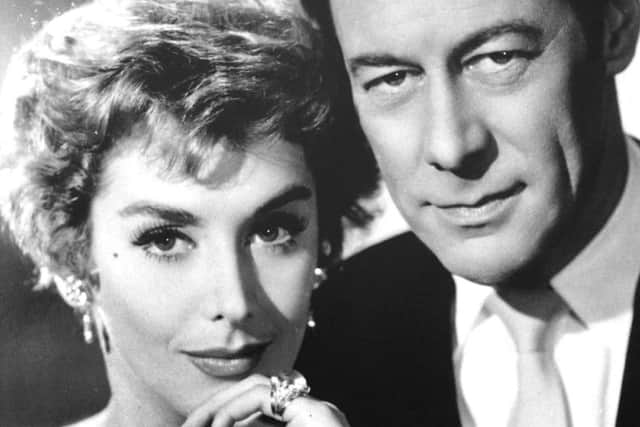

One of the reasons for building the Withernsea lighthouse on the Hull Road at the back of the town was that there was a better foundation. Another was that to build it on the coast would have meant eventual destruction from erosion. Since the 1890s, significant sea defences at Withernsea have been built, leaving the lighthouse comfortably inland.
Withernsea’s original light was an eight-wick paraffin lamp, situated within an octagonal revolving lens with a bull’s eye on each side. Weighing two tons, the lens was floated on three gallons of mercury. How many times the light flashed was synchonised meticulously.
It was staffed by two lighthouse men, the pair working shifts: 11pm -4am and 4am to noon. The rest of the hours were shared, but they enjoyed little free time.
Advertisement
Hide AdAdvertisement
Hide AdAt first, sections of the Withernsea community did not welcome the lighthouse. Some were annoyed by the beam flashing across the town but a section facing inwards was blanked to remedy the problem. Others were annoyed that the decreasing number of wrecks thwarted them from salvaging goods washed ashore.
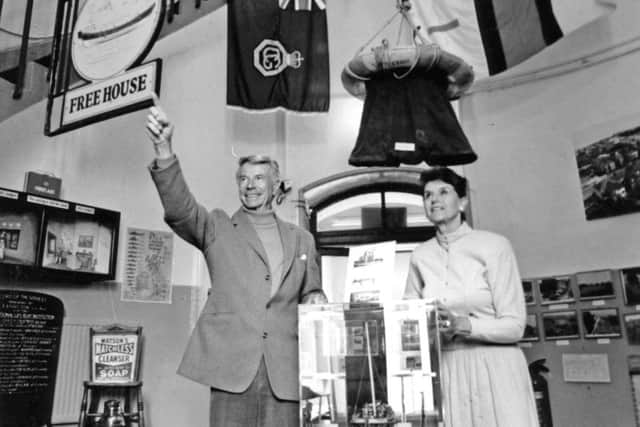

In 1936 the lighthouse beam was electrified by using a 100volt, 1,500 watt bulb, supplied from the main grid. The bulbs were 18in long with a 16in circumference. This method could send a beam visible at 25 miles. In case of a bulb failure, a second bulb would automatically move into its place and should the main electricity fail, a third one lit by a bank of batteries would serve as a final resort. A standby generator was kept for emergency use. In the unlikely event of total failure of all three options, a paraffin lamp was retained.
By the 1970s, new technology on board ships meant Withernsea lighthouse and a number of others were not needed and its light went out on July 1, 1976. The last keeper was Colin Nicholls, who had been there for the previous four-and-a-half years. He was transferred to the Inner Dowsing Lightship, but many of the former Withernsea keepers retired at the end of their time there.
Kay Kendall’s grandfather had worked on digging the foundations for the lighthouse. Her parents, Gladys and Terence, were both stage dancers. Her paternal grandmother, Marie Kendall, was considered to a be a darling of the Edwardian music hall.
Advertisement
Hide AdAdvertisement
Hide AdKay Kendall was born in 1927 and lived in Stanley House, Withernsea, still existing today, a short distance away from the lighthouse. She had an older brother, Terry, and sister, Kim. She studied ballet for a number of years and moved at the age of 12 with her family to London. Touring in stage shows as part of the chorus line, she was eventually chosen to play a showgirl in the film London Town. Sadly, this was an expensive flop. For a period after the war she modelled for glamour magazines, then starred with Kenneth More in the 1953 classic Genevive.
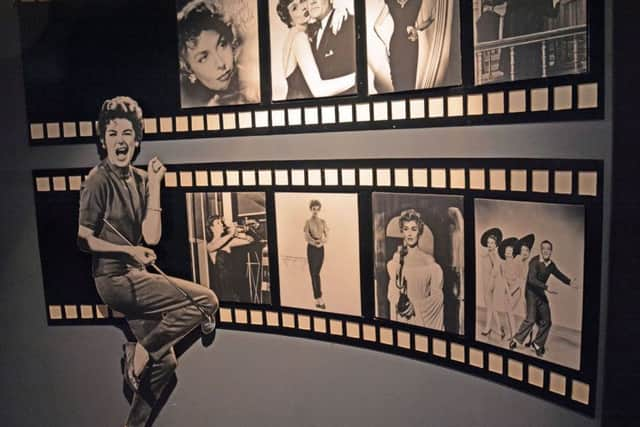

She then appeared in many acclaimed films including The Constant Husband in 1954; Simon and Laura, in 1955, Les Girls, 1957; The Reluctant Debutante, 1958; and Once More with Feeling, 1958.
She performed alongside leading males such as Yul Brynner and her husband, Rex Harrison. She died of leukaemia on September 11, 1969.
Left abandoned for a number years, Withernsea lighthouse was eventually acquired during the 1980s by Kay Kendall’s sister Kim and her husband. The lighthouse and two adjoining cottages were converted into a museum, opening in 1990. Run by a lighthouse trust and registered as a charity, the museum features Kay Kendall memorabilia and other items concerning the RNLI, Coastguards and local history.